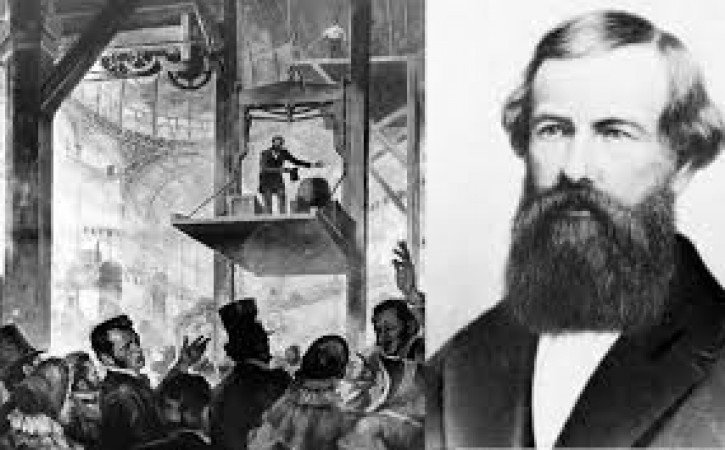
Elevators, also known as lifts in many parts of the world, have a fascinating history dating back centuries. While the concept of vertical transportation has ancient roots, it was not until the 19th century that elevators as we know them today began to take shape.
Elisha Graves Otis: The Man Behind the Safety Elevator In 1852, Elisha Graves Otis revolutionized the elevator industry with his invention of the safety elevator. Otis, an American industrialist and inventor, developed a mechanism that prevented the elevator from falling in the event of a cable failure. This innovation paved the way for the widespread adoption of elevators in tall buildings, fundamentally changing urban landscapes and making skyscrapers feasible.
The Impact of the Safety Elevator Otis's safety elevator had a profound impact on society, enabling the construction of taller buildings and facilitating vertical transportation on a scale previously unimaginable. As cities grew upwards, elevators became essential components of modern architecture, reshaping urban environments and revolutionizing the way people lived and worked.
Continued Innovation in Elevator Technology Since Otis's groundbreaking invention, elevator technology has continued to evolve at a rapid pace. Advancements in materials, electronics, and design have led to faster, more efficient, and safer elevators. Today, elevators are equipped with sophisticated control systems, energy-saving features, and luxurious amenities, enhancing the vertical travel experience for millions of people worldwide.
The Future of Elevators: Towards Vertical Mobility Looking ahead, the future of elevators promises even more exciting developments. With urbanization on the rise and demand for sustainable transportation solutions growing, engineers and innovators are exploring novel concepts such as magnetic levitation (maglev) elevators, ropeless systems, and vertical transportation within supertall structures.
Elevating Everyday Life In conclusion, the invention of the safety elevator by Elisha Graves Otis marked a pivotal moment in the history of vertical transportation. By making buildings taller and more accessible, elevators have transformed the way we live, work, and interact with the built environment. As technology continues to advance, elevators will remain essential tools for navigating the vertical world, making life easier and more connected than ever before.
Renault-Nissan will bring 6 new cars in the Indian market, 2 electric models will also be included
The first Made in India Hyundai EV will be launched, will get a range of 400-500 km
These cars will be launched in the Indian market, top models of Mahindra-Tata included